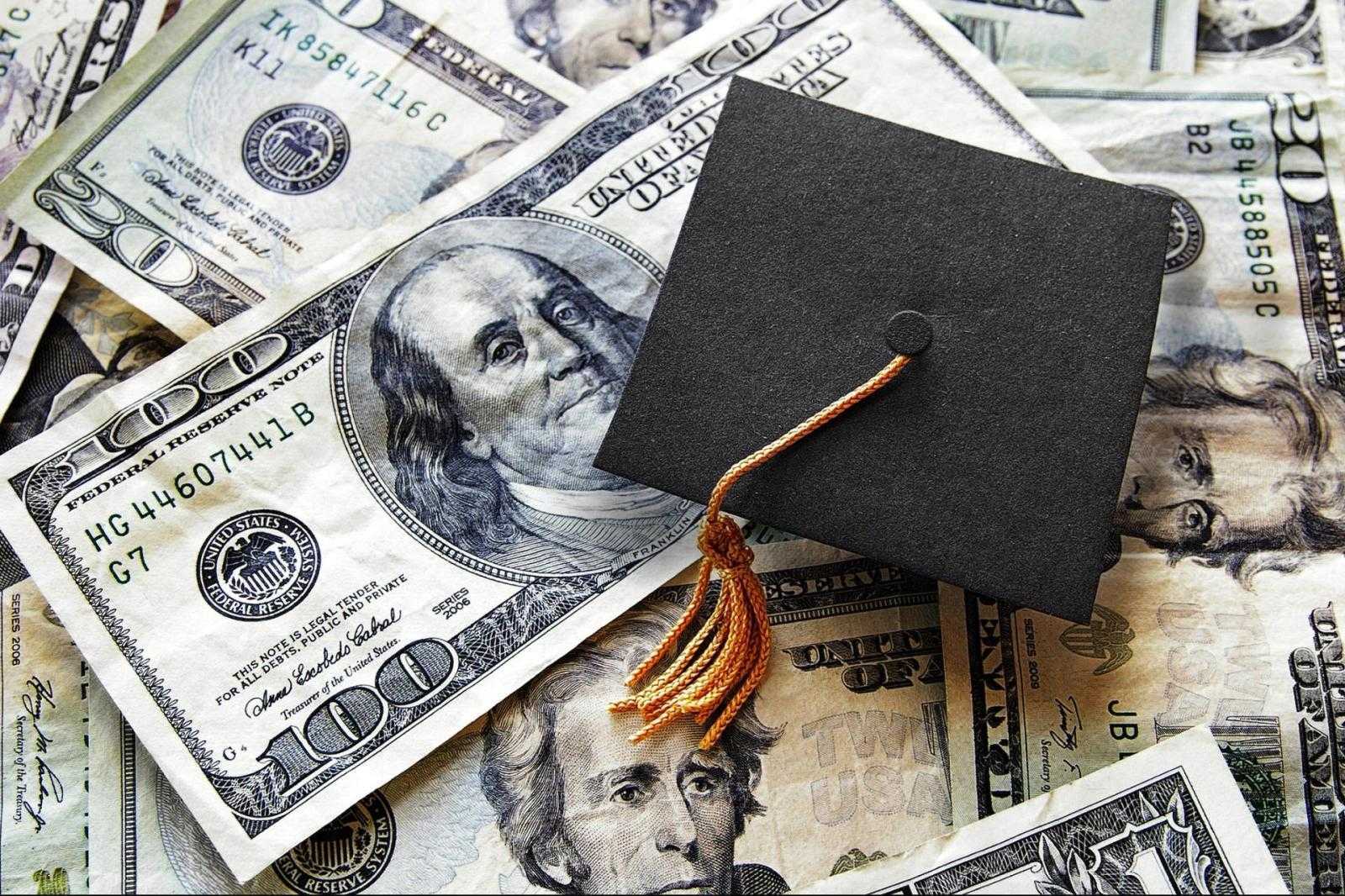The Economics Glossary defines money as follows:
- Money is a good that acts as a medium of exchange in transactions. Classically it is said that money acts as a unit of account, a store of value, and a medium of exchange.
- Most authors find that the first two are nonessential properties that follow from the third. In fact, other goods are often better than money at being intertemporal stores of value, since most monies degrade in value over time through inflation or the overthrow of governments.

Money makes the world go around. Economies rely on the exchange of money for products and services. Economists define money, where it comes from, and what it’s worth. Here are the multifaceted characteristics of money.
- Money is a medium of exchange; it allows people to obtain what they need to live.
- Bartering was one way that people exchanged goods for other goods before money was created.
- Like gold and other precious metals, money has worth because for most people it represents something valuable.
- Fiat money is government-issued currency that is not backed by a physical commodity but by the stability of the issuing government.

Economists and investors ask this question to determine whether there is inflation or deflation. Money is separated into three categories so that it is more discernible for measurement purposes:
- M1 – This category of money includes all physical denominations of coins and currency; demand deposits, which are checking accounts and NOW accounts; and travelers’ checks. This category of money is the narrowest of the three, and is essentially the money used to buy things and make payments (see the “active money” section below).
- M2 – With broader criteria, this category adds all the money found in M1 to all time-related deposits, savings accounts deposits, and non-institutional money market funds. This category represents money that can be readily transferred into cash.
- M3 – The broadest class of money, M3 combines all money found in the M2 definition and adds to it all large time deposits, institutional money market funds, short-term repurchase agreements, along with other larger liquid assets.
The M1 category includes what’s known as active money — the total value of coins and paper currency in circulation. The amount of active money fluctuates seasonally, monthly, weekly, and daily. In the United States, Federal Reserve Banks distribute new currency for the U.S. Treasury Department. Banks lend money out to customers, which becomes active money once it is actively circulated.